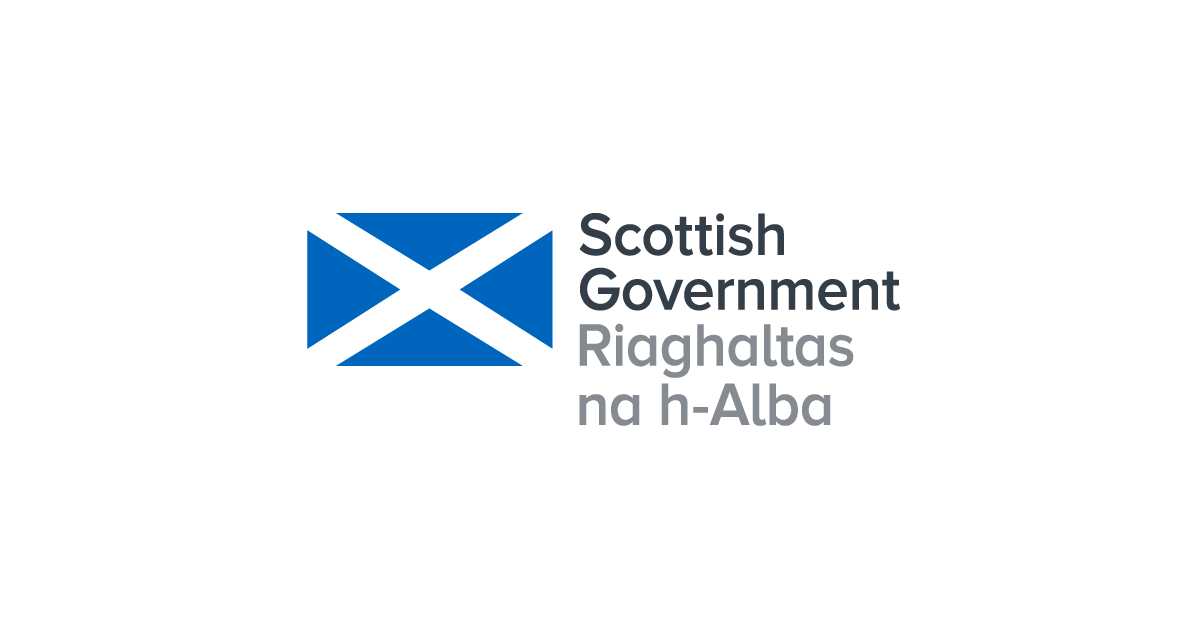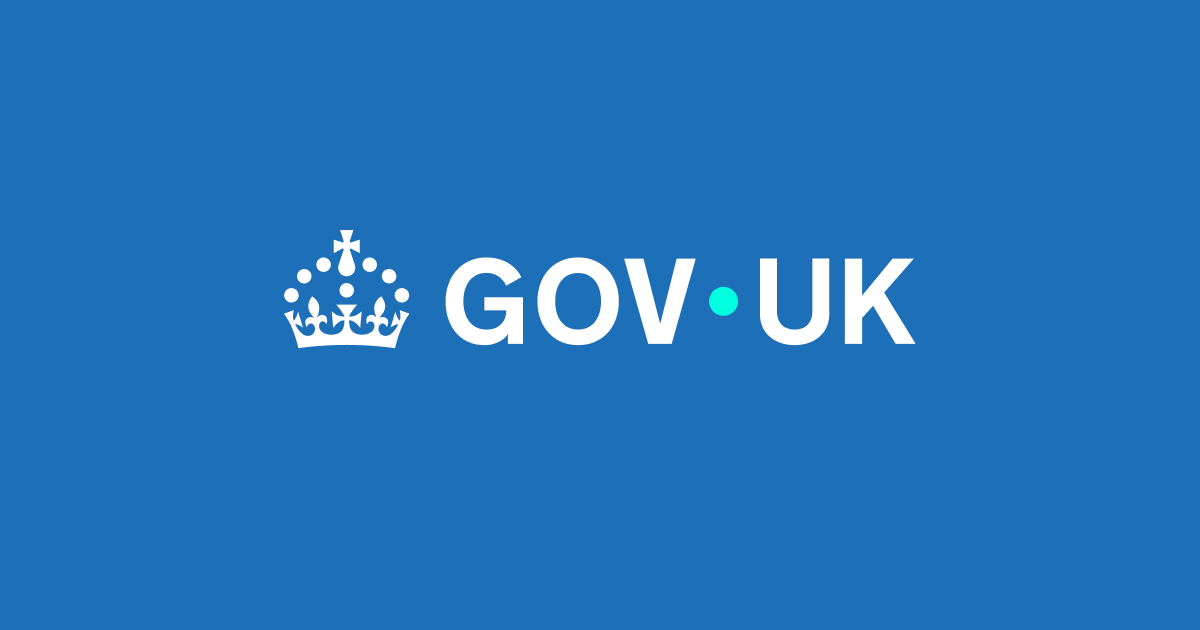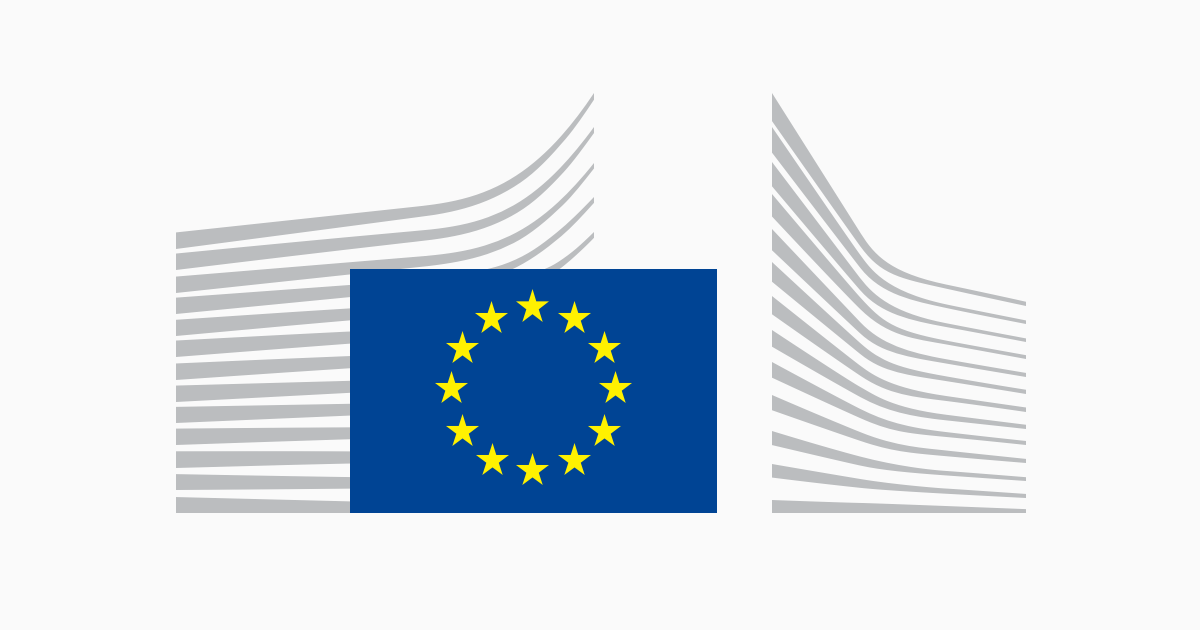10. Data sources and quality
The Price Index of Private Rents (PIPR) is released as official statistics in development and is subject to revisions if methodology improvements are identified. Read more in our Guide to official statistics in development.
UK House Price Index
HM Land Registry (HMLR) publishes the full UK House Price Index (HPI) report and monthly data. Additionally, the Registers of Scotland publishes UK HPI reports, and Land and Property Services Northern Ireland publishes Northern Ireland HPI reports.
UK HPI’s revision policy is in Section 4.4 of HMLR’s About the UK House Price Index guidance. The Office for National Statistics (ONS) introduced an improvement to HPI’s imputation method for Great Britain on 20 August 2025, which reduces initial overestimation of new build estimates in provisional estimates. More detail about this methods improvement is available in our How we are developing our house price statistics blog post and in Section 4.9 of HMLR’s About the UK House Price Index guidance.
In addition to this, from 17 December 2025, the work to move the UK HPI production system to a new platform has meant we can introduce a minor improvement in the way we link the datasets used in the production of the UK HPI. This means that on average, the new method has more robust information about property attributes such as floor area and number of rooms being used in the modelling process. This improvement has led to some small revisions back to January 2025.
UK HPI sales volume estimates for older periods and new builds remain lower than historical averages, but continue to improve. Users should be aware that revisions may be larger than they have been historically, and should note the uncertainty in new build estimates. This is because of low availability of new build data for the most recent months.
The methods improvement enacted on 20 August 2025 reduces uncertainty in new build estimates, and HMLR continues ongoing activity to reduce the average time to register new build sales. We will continue to monitor the new build series and UK HPI revisions, and identify potential areas for further improvements in the future.
Price Index of Private Rents
The reference period for indexing the Price Index of Private Rents (PIPR) is January 2023, and statistics are available from January 2015. PIPR coverage was expanded to the whole UK and small improvements were made to the Great Britain historical series by incorporating additional data in March 2025.
Our Price Index of Private Rents, UK: historical series dataset links the Index of Private Housing Rental Prices (IPHRP) trends before 2015, with PIPR trends from 2015 onwards, down to region level. We advise caution when comparing the trends before 2015 with later estimates because of the methodology change in January 2015.
Our Private rental prices development plan, UK: updated October 2025 summarises our updated responses and actions taken relating to user requests, and outlines planned further developments relating to PIPR.
Sources for Price Index of Private Rents
Our Quality assurance of administrative data used in the PIPR describes PIPR data sources.
Data collection for Price Index of Private Rents
In England and Wales, achieved rents data are collected for both new and existing tenancies.
In Northern Ireland, rents data are for newly advertised lets.
Scotland rents data are predominantly for advertised new lets, with only a small proportion based on existing lets data. Therefore, price changes for existing tenancies are largely estimated for Scotland.
Measures relating to in-tenancy rent increases were implemented in Scotland from September 2022 to March 2025. More detail is available in our Price Index of Private Rents, UK dataset and in Section 10: Data sources and quality of our Private rent and house prices, UK: March 2025 bulletin. During this period, these measures did not apply to the price of new lets used to estimate the price of existing tenancies. Scottish Government statisticians believe that the lack of data on existing tenants, to which these measures previously applied, will have led to overestimation in stock prices and indices for Scotland during this period.
Revision Policy for Price Index of Private Rents
Northern Ireland rents data are not available for the latest two months. For a given Northern Ireland series (including breakdowns), index values for the latest two months have been estimated by applying the monthly average of the latest available two-month inflation rate for that series to the latest available index value for that series.
These imputed index values for the latest two months for Northern Ireland were aggregated with the corresponding data for Great Britain. We used PIPR weights to produce provisional UK estimates for the latest two months for each UK series (including UK-level breakdowns).
Each subsequent month, updated Northern Ireland data are used to revise estimates for the UK, providing a two-month revision period for the UK series in PIPR.
Strengths and limitations
Strengths
The PIPR reflects price changes for all privately rented properties, including existing tenancies and newly-advertised lets.
The PIPR produces prices that are comparable over time and publishes to an increased level of geographic granularity.
Limitations
While mitigation efforts are made, price changes at a local level can be influenced by the type and number of properties collected in any given period, which may lead to volatility. Longer-term trends should be considered for lower-level geographic breakdowns, rather than monthly movements.
Estimates for the City of London and Isles of Scilly are not published because of low collection volumes.
Because of differences in data collection and housing policy, caution is advised when comparing estimates for Scotland and Northern Ireland with other areas in England and Wales, and within Scotland. More information is available in our PIPR quality and methodology Information (QMI).
Future developments
Following our request for a quality-focused assessment of the PIPR, the Office for Statistics Regulation (OSR) published their Spotlight on Quality Assessment: PIPR report in October 2024. Our Private rental prices development plan outlines our progress towards meeting these requirements and plans for further action.
Contact us at hpi@ons.gov.uk.
Back to table of contents




